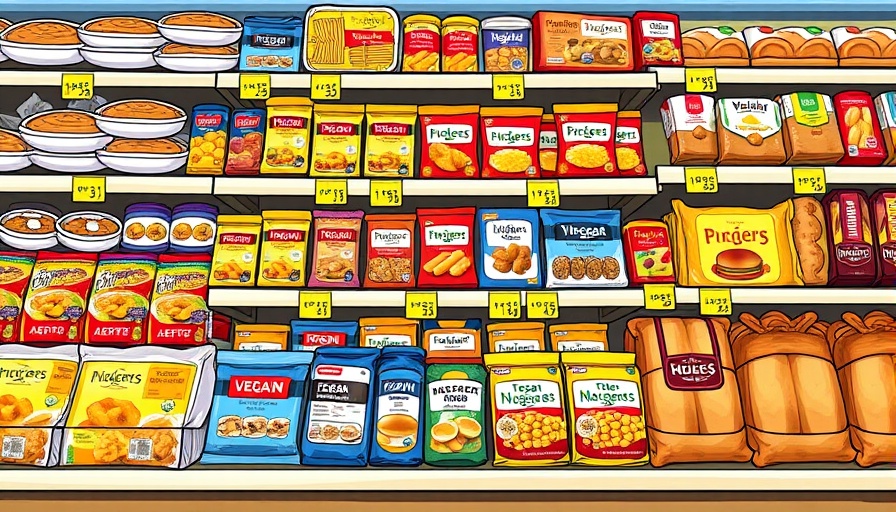
Why Are Risky Chemicals in Our Food Supply?
As shoppers navigate through the aisles of American supermarkets, many may be unaware that the very products they are purchasing could contain potentially harmful chemicals. The recent discourse surrounding the FDA's regulation—or lack thereof—of food additives has ignited a conversation about safety, transparency, and consumer rights. Responsible for ensuring the safety of the food supply, the FDA has historically relied heavily on manufacturers to self-regulate through a system called GRAS, or 'Generally Recognized as Safe'. This loophole allows companies to bypass stringent safety evaluations for many food ingredients.
The GRAS Loophole: A Growing Concern
Put into place in 1958, the GRAS provision was originally designed to streamline the inclusion of familiar substances like sugar and salt in food. However, the term has been broadly abused, extending beyond its intended purpose. Many chemicals, some linked to health concerns, are now on the market without thorough evaluation. This regulatory gap has led to calls for reform, especially with growing public unease regarding food additives that may impact health, particularly the health of children.
Voices for Change Take a Stand
High-profile figures, including Health and Human Services Secretary Robert F. Kennedy Jr., have been vocal against the GRAS system, advocating for stricter regulations. Kennedy emphasizes the health risks posed by food additives, suggesting there is an ongoing 'mass poisoning' of children in America due to unregulated consumption of these additives. His proposed changes aim to restore consumer confidence in food safety.
Consumer Awareness: The Key to Empowerment
As health enthusiasts and conscious consumers, it is crucial to be aware of what goes into our food. Increased awareness fosters informed decisions, pushing companies to prioritize safety and transparency. Advocacy for change can impact policy and lead to better food safety regulations, benefiting consumers of all ages.
The landscape of food safety is changing, and as consumers become more informed, the pressure mounts on regulatory bodies and manufacturers alike to provide safer, clearer options.
 Add Row
Add Row  Add
Add 




 Add Row
Add Row  Add
Add 



Write A Comment